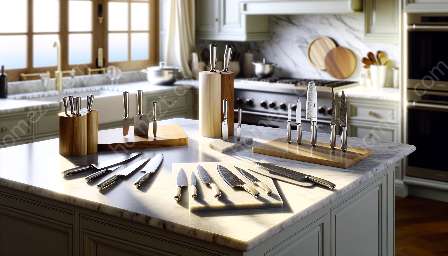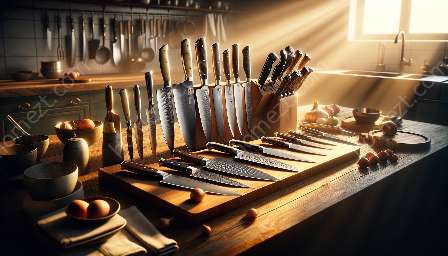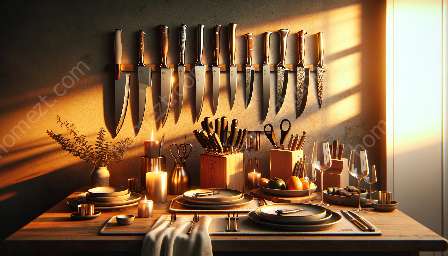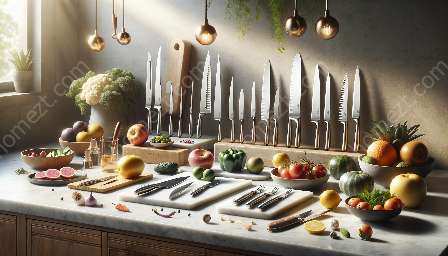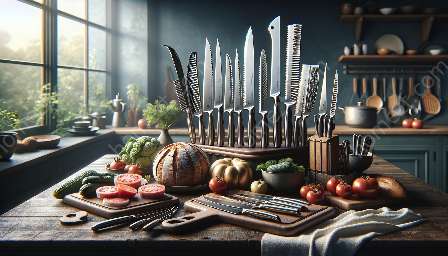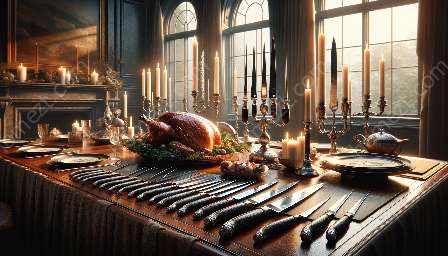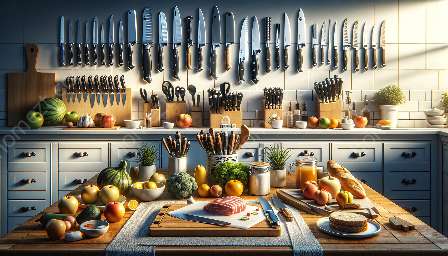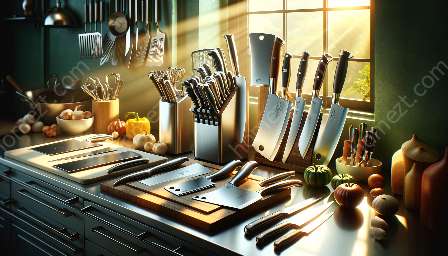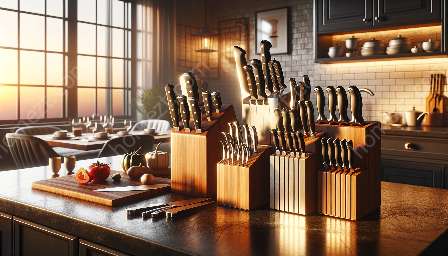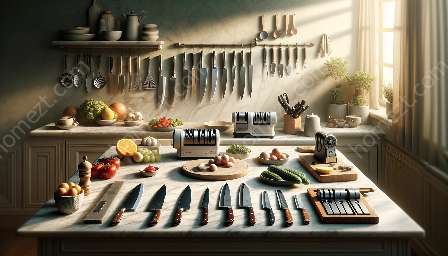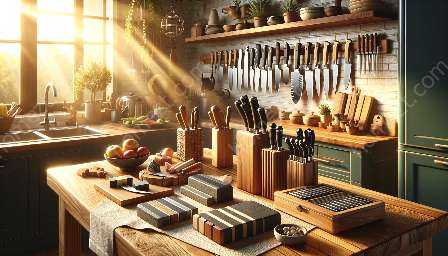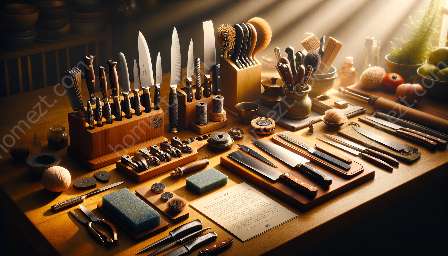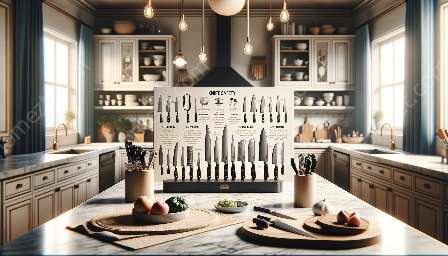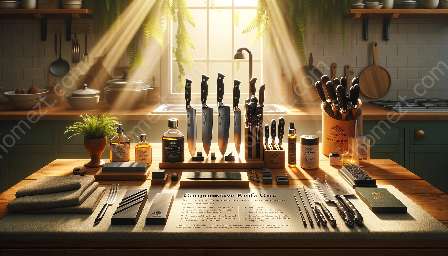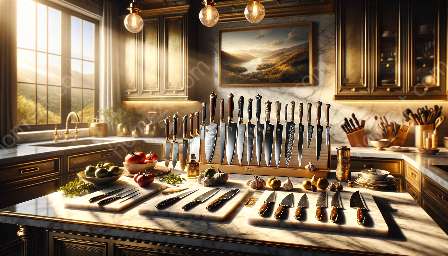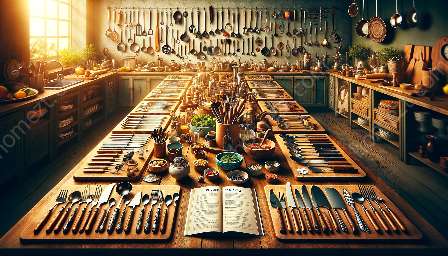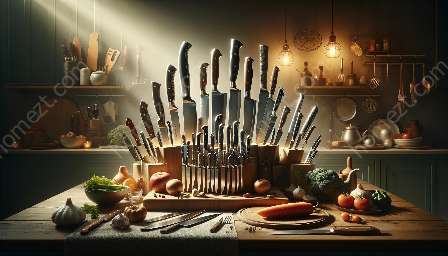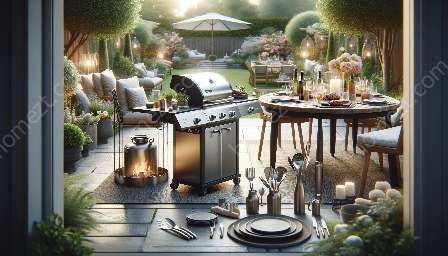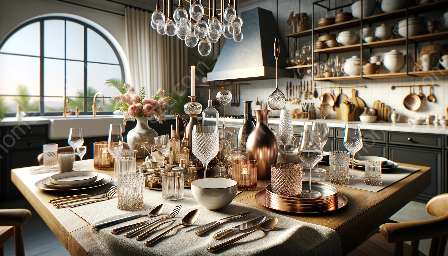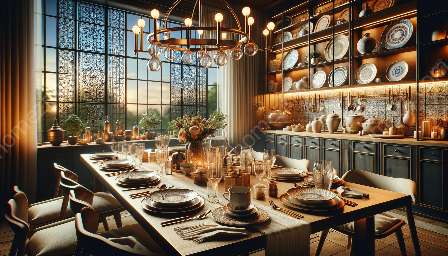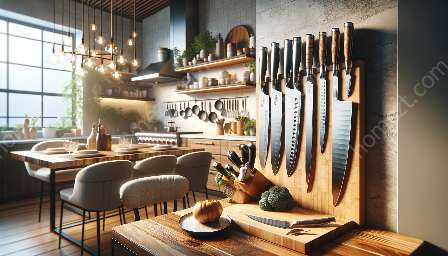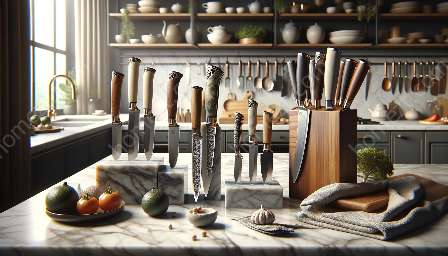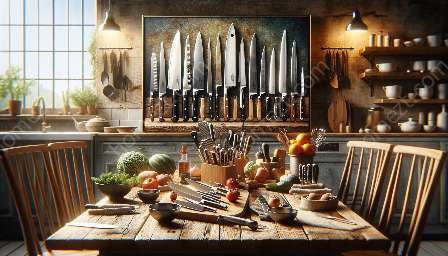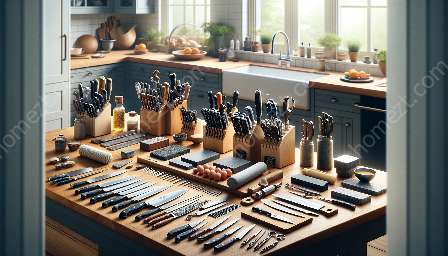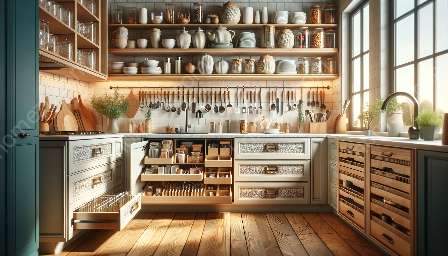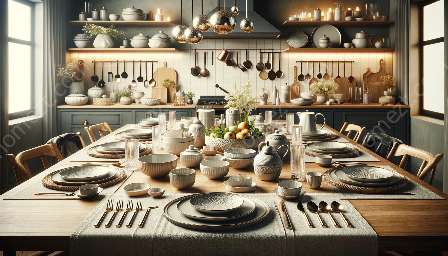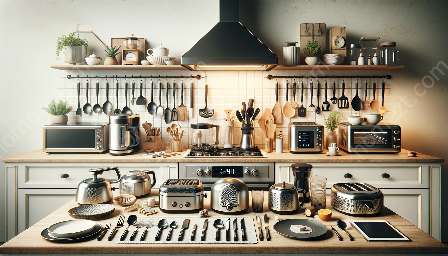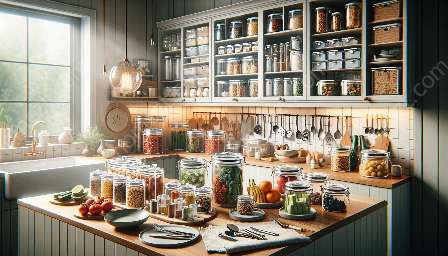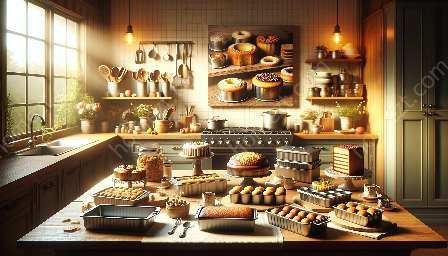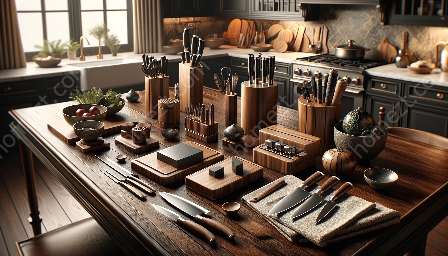When it comes to selecting the right knife for your kitchen, the choices can seem overwhelming. From chef's knives to paring knives, and from stainless steel to ceramic blades, the options can be dizzying. However, taking the time to understand the different types of knives, their intended uses, and the materials used in their construction can help you make an informed decision that will serve you well in the kitchen. In this guide, we'll explore the world of kitchen cutlery and arm you with the knowledge you need to choose the perfect knife for your cooking needs.
Understanding Knife Types
Before delving into the specifics of blade materials and handle designs, it's important to familiarize yourself with the various types of kitchen knives available. While the specific names and styles may vary from country to country, there are a few essential knife types that are commonly used in kitchens around the world:
- Chef's Knife: Often considered the workhorse of the kitchen, a chef's knife typically features a broad, gently curved blade that facilitates a rocking motion for efficient chopping, slicing, and mincing.
- Paring Knife: With a shorter blade and a pointed tip, a paring knife is ideal for tasks that require precision, such as peeling, trimming, and shaping fruits and vegetables.
- Bread Knife: Characterized by a serrated edge, a bread knife is designed to effortlessly slice through bread and other delicate baked goods without crushing or tearing them.
- Boning Knife: As the name suggests, a boning knife is used to separate meat from bones, making it an essential tool for butchering and preparing meat and poultry.
- Santoku Knife: Originating from Japan, the Santoku knife is known for its unique shape and versatility, excelling at slicing, dicing, and mincing a wide variety of ingredients.
Exploring Blade Materials
Once you have a clear understanding of the types of knives available, the next consideration is the material used for the blade. Different blade materials offer varying levels of sharpness, durability, and maintenance requirements. Here are some of the most common blade materials to consider:
- Stainless Steel: Widely used in kitchen cutlery, stainless steel blades are known for their corrosion resistance, ease of maintenance, and affordability.
- Carbon Steel: Renowned for their exceptional sharpness and edge retention, carbon steel blades require more maintenance to prevent rust and staining.
- Ceramic: Ceramic blades are incredibly sharp and resistant to wear, making them an excellent choice for slicing fruits, vegetables, and boneless meats. However, they are brittle and prone to chipping if mishandled.
- Damascus Steel: Utilizing a distinctive layering technique, Damascus steel blades offer both strength and aesthetic appeal, making them a popular choice for high-end knives.
Considering Handle Designs
While the blade is undoubtedly the star of the show, the handle of a knife is equally important, as it directly influences comfort, control, and safety during use. Handle designs can vary significantly in terms of materials, ergonomics, and aesthetics. Here are a few common handle materials and styles to consider:
- Wood: Wooden handles offer a timeless and natural aesthetic, but they require more maintenance to prevent warping and cracking.
- Plastic: Lightweight and durable, plastic handles are easy to clean and maintain, making them a practical choice for everyday use.
- Metal: Metal handles provide a sleek and modern appearance, often with a seamless transition from the blade for a hygienic design.
- Ergonomic Designs: Some knives feature ergonomic handle designs with contours and textures that enhance grip and minimize hand fatigue during prolonged use.
Making an Informed Decision
Armed with a wealth of knowledge about knife types, blade materials, and handle designs, you are now better equipped to choose the right knife for your kitchen. Consider your cooking habits, culinary preferences, and budget as you navigate the vast array of cutlery options available. Whether you opt for a classic stainless steel chef's knife, a high-performance ceramic Santoku knife, or a visually stunning Damascus steel blade, choosing a knife that aligns with your needs and preferences will undoubtedly enhance your culinary endeavors in the kitchen.

